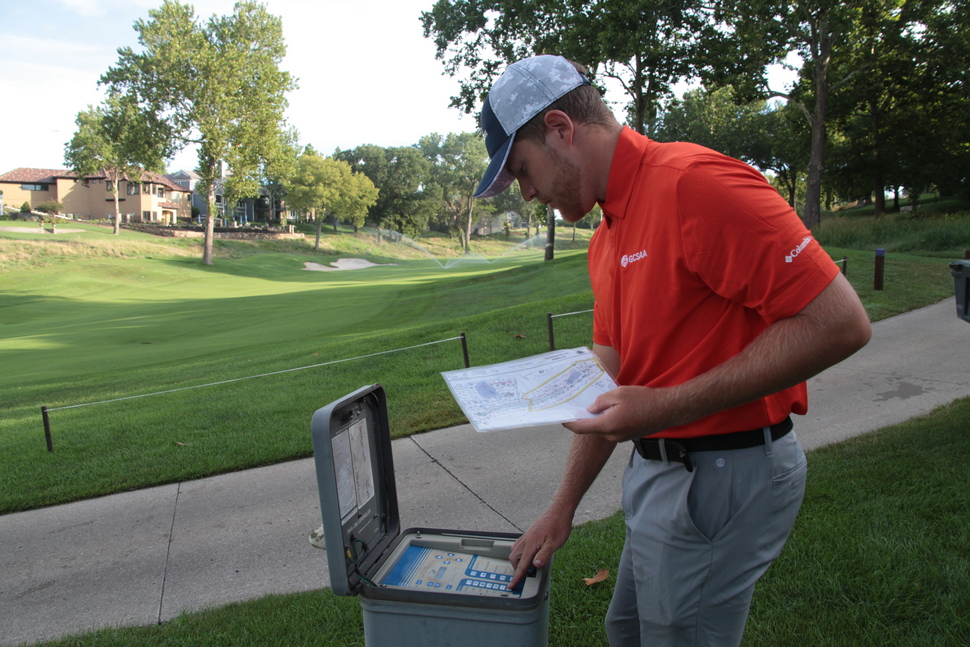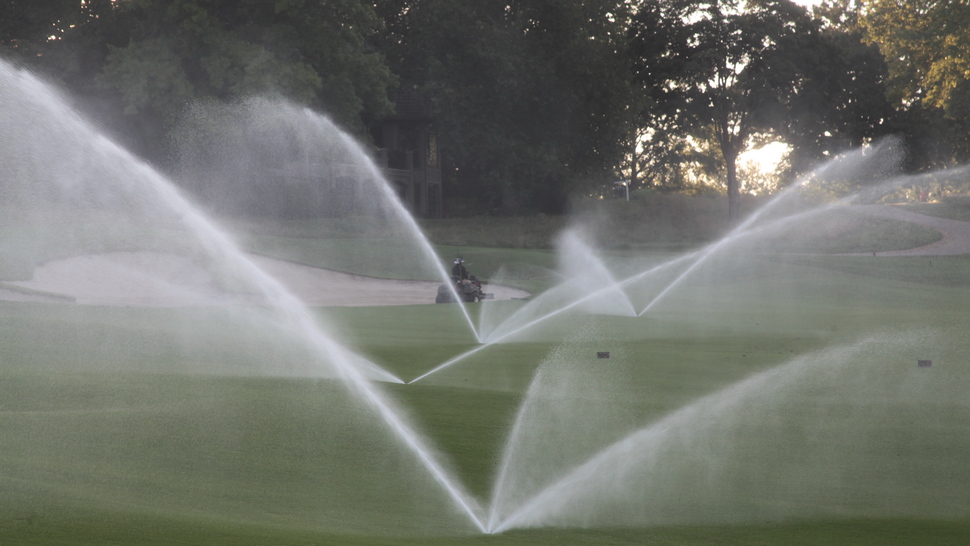The recent headlines have centered on various major storms causing significant flood damage to various sections of the United States but the more impactful story is one that’s growing with even greater intensity and more far-reaching long-term consequences.
Climate change is both a very real and a growing issue — with the golf industry now squarely in the middle of that debate.
This is particularly so on the topic of water usage. Several States in the western area of the country have been in a prolonged drought for a number of years. Water levels at Lake Mead and Lake Powell respectively have plunged to historic low levels and the trend, at this point, is intensifying and deepening.
The billion dollar plus golf industry churned out numerous facilities over the last 50 years in locations where annual average rainfall is especially small. Places such as the Coachella Valley area in the California desert are now ground zero in the debate. Tied together with the explosion of golf facilities has been the surge in population in cities where rainfall is sparse.
In 1960 both Phoenix and Albuquerque were roughly the same population. Now, Phoenix has leapfrogged in becoming the 5th largest city in the country with just over 1.6 million. Four of the eleven largest cities in the USA are located in Texas with Houston, San Antonio, Dallas and Austin among them and still growing.

The growing debate on defining the appropriate usages of water is only escalating and the golf community is now on the front lines. Key questions are being raised regarding the relevance in watering golf courses when other more critical needs are threatened and will need to make major adjustments.
The golf industry has outlined a number of responses to the growing debate but visceral images of depleted water areas such as Lake Mead and Lake Powell is a stark and lasting reminder on the seriousness of the debate — both now and in the future.
While the golf industry clearly has an economic impact for the jobs provided and the dollars created in the USA — a comprehensive study from the World Golf Foundation outlined in 2018 that the total dollar amount derived in all phases topped $84 billion.
According to the National Golf Foundation, 25.1 million Americans played golf on a course in 2021, and a total of 36.9 million Americans played golf either on a course, simulator, driving range, or golf entertainment venue in 2020. Going by that latter number, that’s 12 percent of the United States’ population of 329.5 million. While the economic reach is notable it pales in importance to the need for water in broader more critical areas such as agriculture and other related essential needs.
In the California desert within the Coachella Valley — water usage varies between 750,000 to one million gallons of water per day for the roughly 120 golf facilities located in the area, according to a September 7, 2022 article in the Palm Springs Desert Sun. The percentage of irrigated turf is roughly between 100 to 120 acres of grass, according to the same article. A large share of the golf course supply also includes a connected real estate aspect which often means housing abutting golf courses.
Property buyers were sold on the promise of verdant properties with green the color forever adjacent to their land. Should those situations require a major water cutback the likelihood of homeowner expectations being impacted is front and center and with that a clash between what was promised and what is now the new “normal.” The expectations highlight a clear point of contention — often resulting in communication between key parties breaking down with the very real possibility that such conflict will opt for litigation to settle such matters. Even those on the winning side can mean a long-term losing outcome as available water allowances are scaled back noticeably.
The California Alliance for Golf estimates within the Coachella Valley the sport generates $1.2 billion per year and employs approximately 8,000 people.
Turf reduction is also a key strategy being followed by golf facilities. But even when carried out — there are costs associated with the ongoing maintenance effort.

Soil moisture sensors — optimizing irrigation systems to prevent water loss in concert with turf grass research — aew just one tool being used now. However, the daunting nature for the future likely means a major tightening of water usage growing significantly with each passing year. The phrase “permanent drought” is now part of the golf lexicon in a range of key States and could very well expand to a number of others.
Nearly half of the United States has endured a drought condition in 2022. The warning signs are now flashing amber and the move to an all stop “red” may fundamentally alter the role golf plays recreationally going forward.
Managing expectations and adjusting golfers’ understanding of how courses are prepared is now a front and center issue. The economics and environment are now linked inexorably together.
Key stakeholders within golf have also weighed in on how to proceed. Mike Whan, CEO for the United States Golf Association (USGA) has stated the organization will spend upwards of $30 million for a 45% reduction in water needs within the next 15 years. This would include testing in labs and golf courses for grass species and irrigation systems. The USGA is also considering being a “bank” in lending $2 million for irrigation systems.
Given these now developing realities the most stress producing position at any golf facility falls squarely on the shoulders of those on the front lines — the superintendents at various golf properties. They are now the single most important people in shaping how the debate will go forward from each individual golf property.
Part 2
Pictures taken during the filming of GCSAA’s new Thank a Superintendent commercial spot. Courtesy GCSAA.
Sustainability Series
Part 1 – Debate growing – questions abound — answers needed
Part 2 – Debate growing – questions abound — answers needed
Part 3 – Innovative program bringing new golfers forward
Part 4 – “The Time Factor”
Part 5 – Water watch worrisome
Part 6 – J. Bryan Unruh, Institute of Food & Agricultural Science,
Part 7 – Repurposing facilities, Minnesota’s momentum
